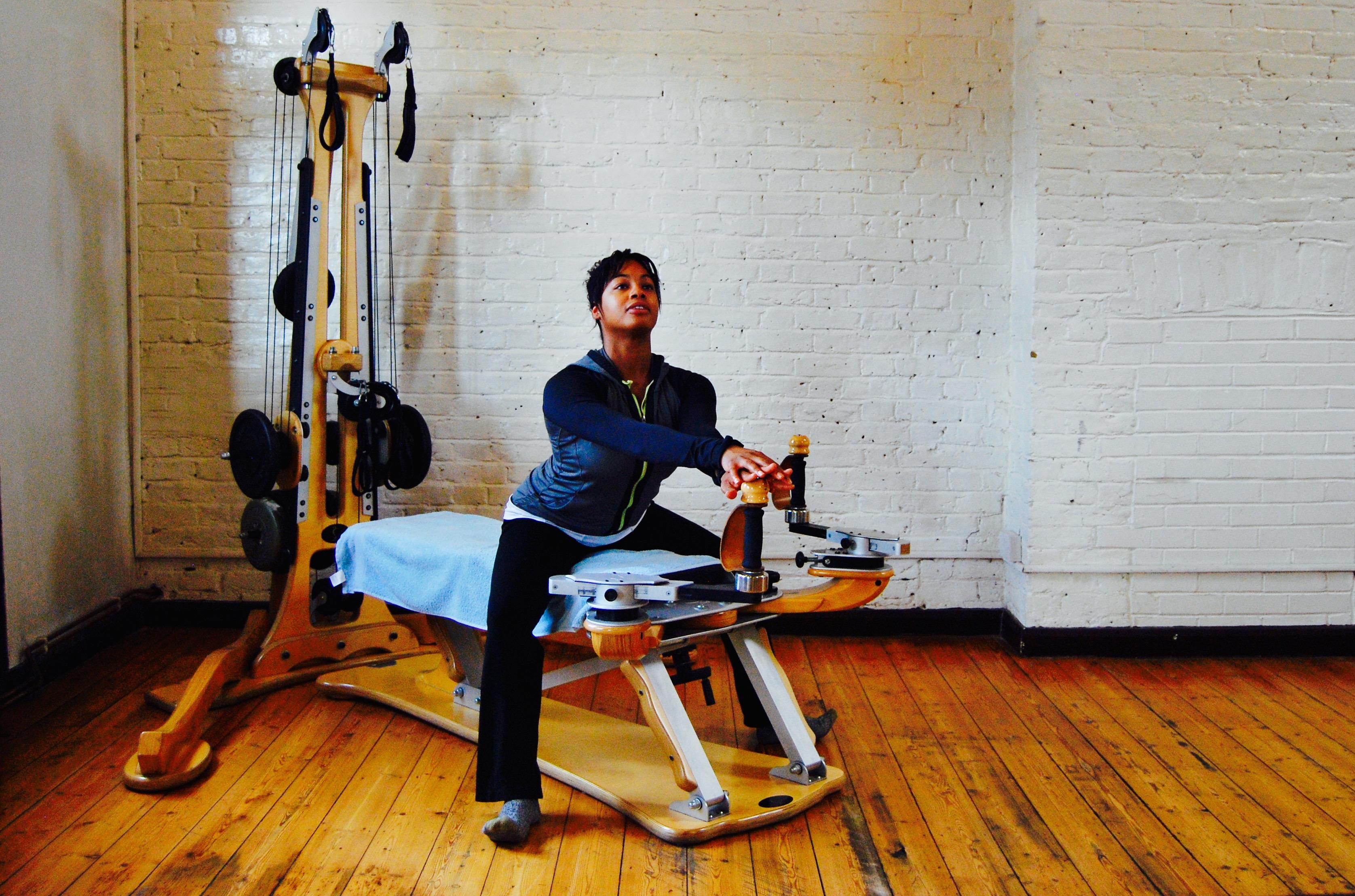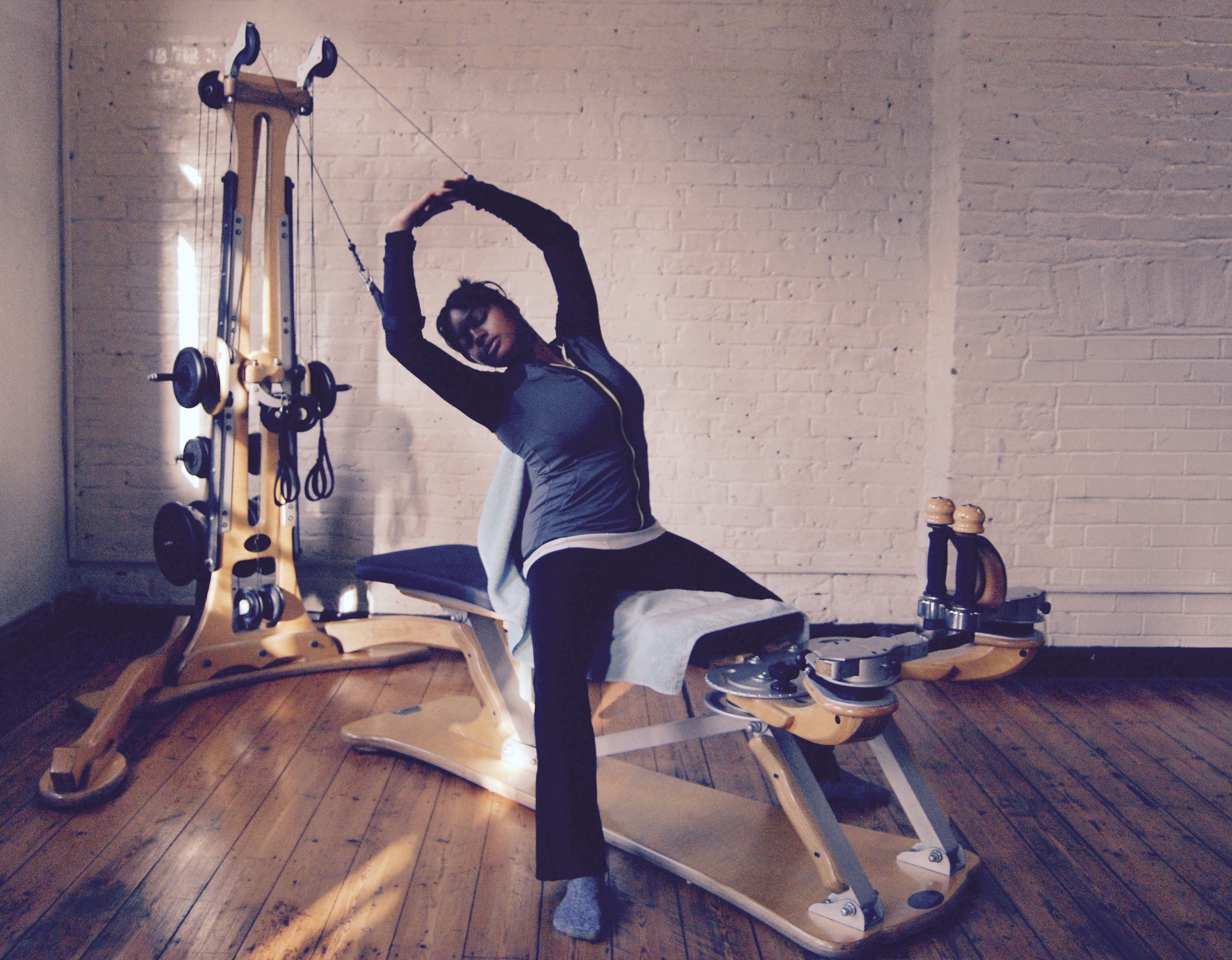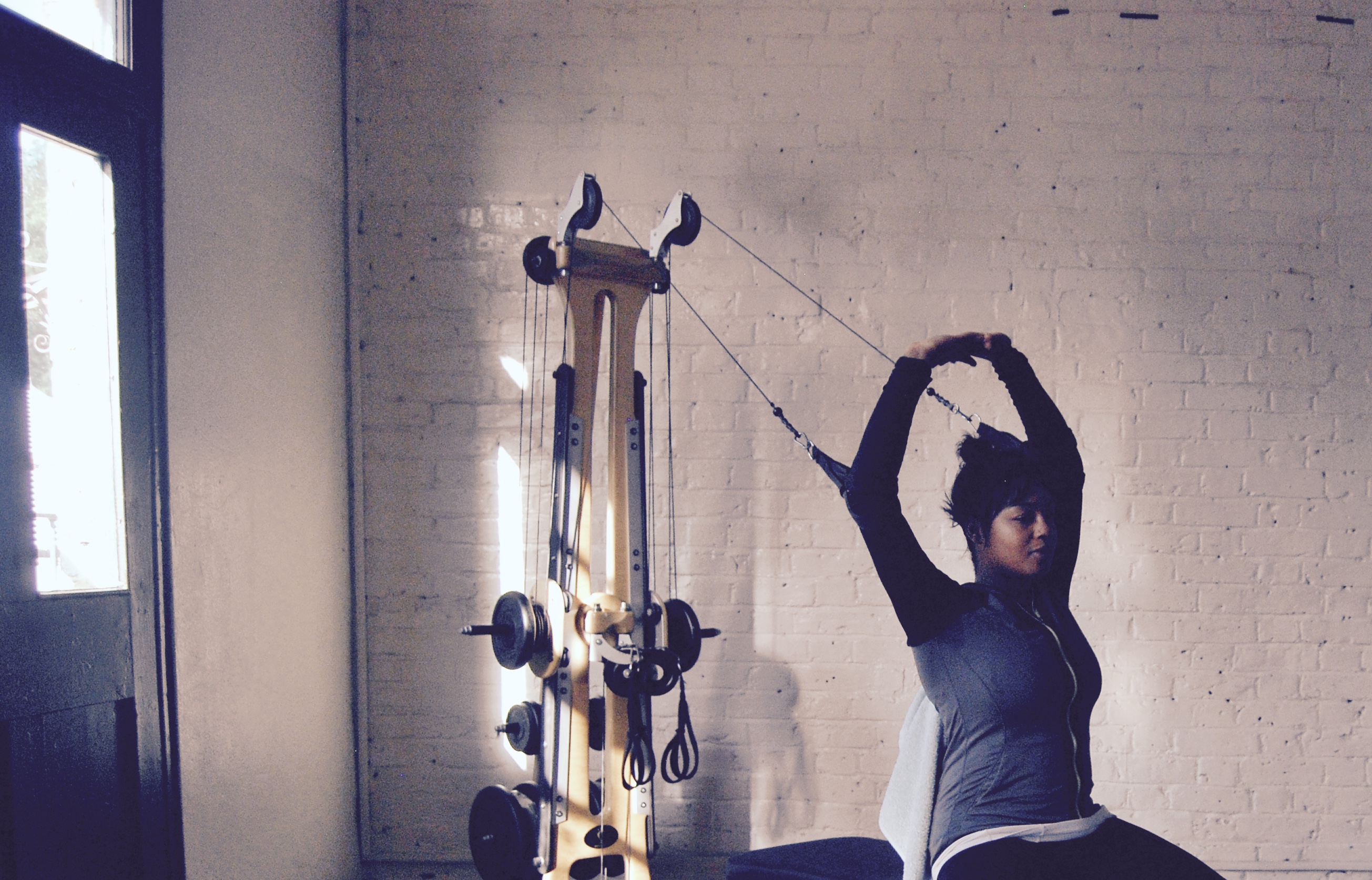First of all, CONGRATULATIONS on your certification and welcome to the world of this unique movement method. For those learning to teach for the first time, especially the GYROTONIC® Method, you might feel like a fish out of water, and that’s normal! Whether you’re in your first week or first year here are some honest oversights that helped me to grow as a trainer. The aim to also guide new trainers to understand why it’s important to positively acknowledge oversights.
“Anyone who has never made a mistake has never tried anything new.”
― Albert Einstein

1) Feeling Uncomfortable with New Clients
This can be tricky for new trainers. You’ve learned the sequences but now what do you do with someone not from your training course? Begin slowly but efficiently. The key to working with new clients is making sure that they feel the movements, especially when dealing with different bodies and abilities. Even if you only get to two sequences in the entire hour, that’s all right. 99.9% of the time you won’t teach a class in its full format, so don’t stress out.
2) Freezing in a ‘Creative Class’
Now it’s your time to show all of the work you’ve invested. Don’t shy away from going in different direction than planned. For example, your client(s) could come in with a new or particularly painful area. This calls for you to adhere their needs on the spot, of course. First, relax and gather your thoughts. How could they improve that area within the sequences? Is there anything new you could specifically introduce? Do what you know and work with them in this way, emphasizing key points.
3) Giving Uncertain Hands-On
Hands-On – this is the main name of the game when it comes to teaching the Gyrotonic Method. It’s what makes this method so very unique, so be sure your hands-on is informative and actually guides the client into a better movement flow. First, continue practicing. Practicing on a friend or a colleague is the best way to go. That way, when you begin working, you’re confident and your client feels good. Brush up on any anatomy that may seem unclear so there’s clarity on where the hands need to be and why.
4) Not Allowing Enough Time for Self-Practice
Exploring the method and the sequences in your on time is an excellent opportunity for you to understand the method in depth and ask yourself questions. What’s familiar, or not familiar? What’s clear, or not clear? Jot your thoughts down to further expand your experience. Personal investigation can help with tapping into your personality within the work, which will help you to become a unique teacher that has something special to offer. See if you can give yourself a full class, throughly going through the material.
5) Shying Away from Feedback
Whether it’s from your mother, partner, or most prized client, it’s essential to know. This helps us improve our work for the present and the future. You can get feedback by asking your trainer, the person your practicing with, or even a client formally via email or informally in person. Both ways are excellent to weigh in what you’ve been doing, how you’ve been doing it, and what else you can achieve. It’s ok to feel lost or over-the moon happy about your feedback, because it’s from that moment that you’ve already grown.
6) Wanting to be the Perfect Teacher for Everyone
Not possible, so let’s go ahead and let that one go. It’s like any relationship or friendship – it takes effort from both persons and forcing it will backfire. When a client doesn’t return after the first class or stops attending all together, look at the situation as a whole. For example, did you allow them to feel/understand the movements? Did they improve with your guided explanation / hands on? Were they resisting, becoming bored? These kinds of questions can help you acknowledge the situation before the client walks out the door. If the client was attentive, showing improvement, and feeling the work, you’ve done your job.
7) Undercharging to Get More Clients
As much as it would be lovely to give away your classes to help build your clientele, unfortunately it’s not viable to sustain. The one-off complimentary class or special offer to create excitement will suffice. All the training you’ve done is worth something. This investment alone entitles you to earn properly even from the start. Clients will come to you and stay with you because of the time and energy you’ve invested and what you have to share. It takes time to build clients on your own while learning how to manage different bodies, personalities, etc., but this is how you build long-lasting clientele.





